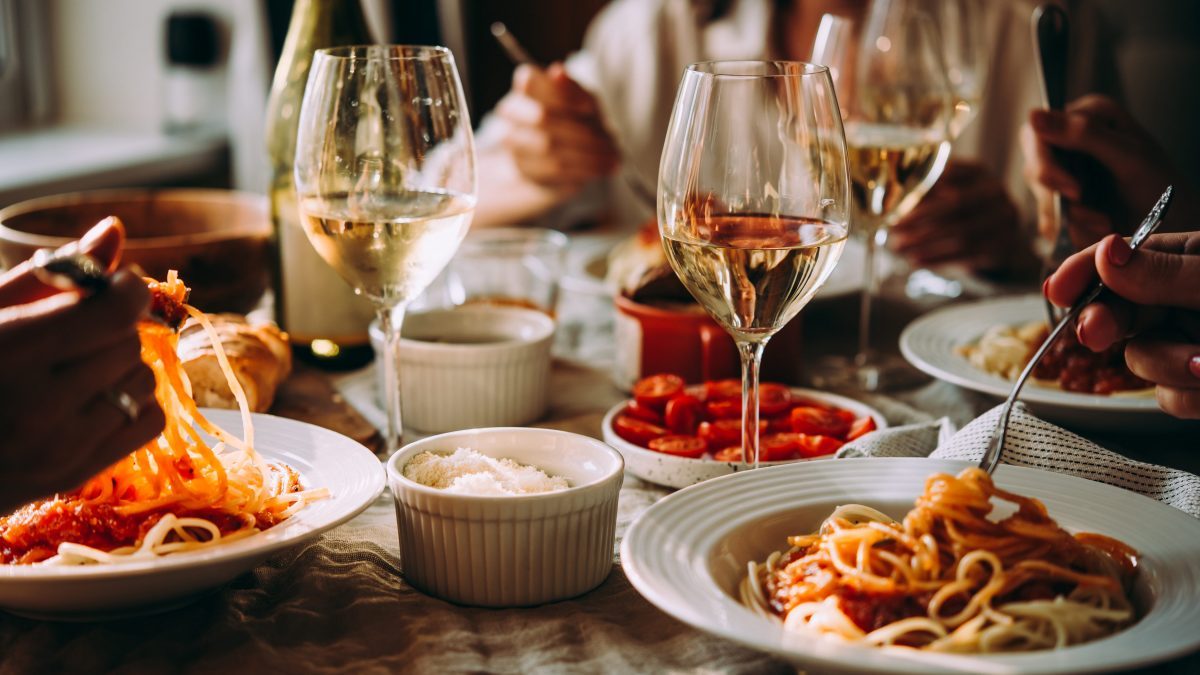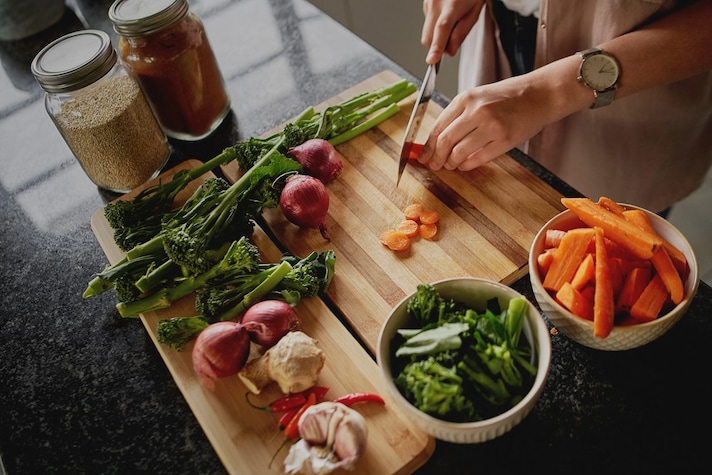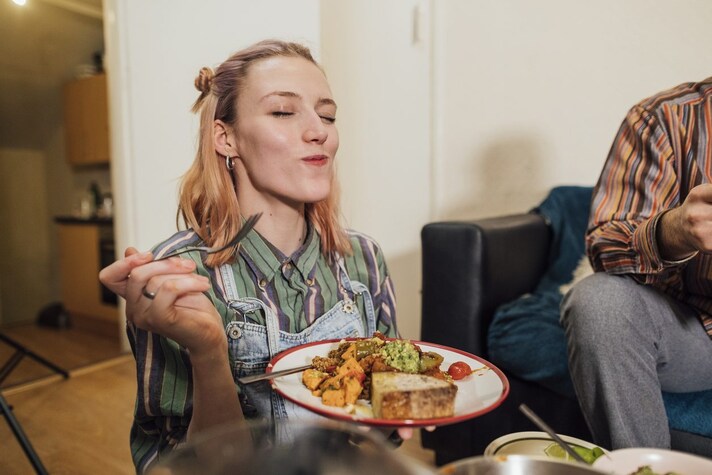
Inviting friends or family over for dinner is always a convivial occasion worth seizing. We've all experienced it: among the guests sitting down to eat, there are those who follow a vegetarian or vegan diet. The classic question, "What shall I make?", thus takes on a different connotation, where it becomes essential not only to respect a few rules of etiquette that always make a good impression, but also to pay extra attention to the food being served. Creating a menu that satisfies everyone, without excluding anyone, is not just a matter of courtesy; it can also transform into a moment of discovering new recipes and broadening your culinary horizons. Below, we offer some tips for organizing a flawless evening.
Learn About Different Dietary Needs
Before choosing the menu, it's essential to know what a vegetarian or vegan eats. Our suggestion, therefore, is to set the dinner date well in advance, so as not to find yourself having to plan everything at the last minute, especially if you're making your debut. Vegetarians don't eat meat or fish, but can include dairy and eggs in their diet; vegans, on the other hand, eliminate all animal products, including milk, cheese, eggs, and honey.

These are general principles, but nothing prevents you from tailoring your own diet, offering a variety of variations: for example, lacto-vegetarians avoid eggs and egg products but consume milk and dairy products, while ovo-vegetarians do the exact opposite. It's also common to choose a pescetarian or pesco-vegetarian diet, where fish (shellfish, seafood, etc.) is allowed, but meat is not. In short, the best strategy is to ask future guests about their preferences (without forgetting any allergies or intolerances): don't feel embarrassed; it will certainly be appreciated and will avoid misunderstandings.
Create a Creative and Tasty Menu
One of the most common mistakes is to adapt recipes "for omnivores" by simply removing those ingredients that are not allowed in vegan or vegetarian diets, almost as if to make your guest think they are, after all, depriving themselves of something. Nothing could be more wrong. A well-conceived menu must be rich, balanced and tasty, regardless of the presence of meat, fish and animal products. Fortunately, in recent times, vegetables, legumes, grains and even fruit (dried or fresh) and spices have been increasingly placed at the center of the plate, giving rise to creations that excite all palates. Some examples? There are now countless variations of hummus, ranging from the classic chickpea-based one to the super vitamin-packed carrot one. Crispy potato chips can also be presented as kale or zucchini chips, focusing on seasonality. There are endless variations of pesto, as well as "green" meatballs. A secret? It's much easier to start with a recipe that's originally vegetarian or vegan (including traditional ones) than to try to modify one that's based on animals and animal products. This means don't be afraid to try something new that evening: you'll leave your guests pleasantly surprised.

Watch Out for Hidden Ingredients
If you're new to vegan food, you should know that many products that appear vegan contain animal ingredients without it being immediately obvious. It's often assumed that a food is suitable for everyone just because it doesn't contain meat, but the reality is more complex. For example, most cheeses are made with ruminant rennet and are technically not suitable for a vegetarian diet. Some baked goods, especially industrial ones, but also fresh bread, may have been made with milk, butter, or lard.
Don't Underestimate Dessert
You've carefully planned every course, from appetizers to side dishes, down to the smallest details, even throwing in a vegan mayonnaise. Offering a sorbet or fruit might be enough. But no. Dessert is the last course and should leave guests feeling like they've had a "happy ending." Less effort here could ruin all your hard work. Don't feel lost, because vegan pastry making, including homemade, has made great strides: from basics like shortcrust pastry to complete desserts like mousses, parfaits, and chocolate cakes, you have everything you need to make a dessert with flying colors.
Mistakes to Never Make
Despite your best intentions, there are some details you might overlook, potentially compromising the outcome. Take special care when preparing dishes in the kitchen, as there should be no cross-contamination between foods: if you're frying, for example, don't use the same oil for chicken nuggets and tofu nuggets. Likewise, utensils (forks, spoons, ladles) must be kept separate. Finally, don't insist on trying your carbonara or tiramisu, which are the best in the world: avoid phrases like "it's just a bite" or "just for once, what's going to change?" Perhaps seeking the support of other diners, as you risk making your vegetarian or vegan guests uncomfortable and possibly never seeing them again.
;Resize,width=767;)
